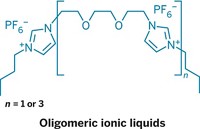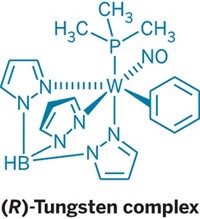Advertisement
Grab your lab coat. Let's get started
Welcome!
Welcome!
Create an account below to get 6 C&EN articles per month, receive newsletters and more - all free.
It seems this is your first time logging in online. Please enter the following information to continue.
As an ACS member you automatically get access to this site. All we need is few more details to create your reading experience.
Not you? Sign in with a different account.
Not you? Sign in with a different account.
ERROR 1
ERROR 1
ERROR 2
ERROR 2
ERROR 2
ERROR 2
ERROR 2
Password and Confirm password must match.
If you have an ACS member number, please enter it here so we can link this account to your membership. (optional)
ERROR 2
ACS values your privacy. By submitting your information, you are gaining access to C&EN and subscribing to our weekly newsletter. We use the information you provide to make your reading experience better, and we will never sell your data to third party members.
Synthesis
Lanthanide extraction isolates valuable chitin derivative
Using rare-earth metals to coordinate Chromogen I enables isolation and purification of the hard-to-come-by biobased chemical
by Stephen K. Ritter
January 2, 2017
| A version of this story appeared in
Volume 95, Issue 1
A team of chemists has reported a practical approach to isolating Chromogen I, an elusive but potentially high-value compound that can be derived from waste biomass such as shrimp shells (Inorg. Chem. 2016, DOI: 10.1021/acs.inorgchem.6b02589). Chromogen I is a derivative of N-acetyl-






Join the conversation
Contact the reporter
Submit a Letter to the Editor for publication
Engage with us on Twitter